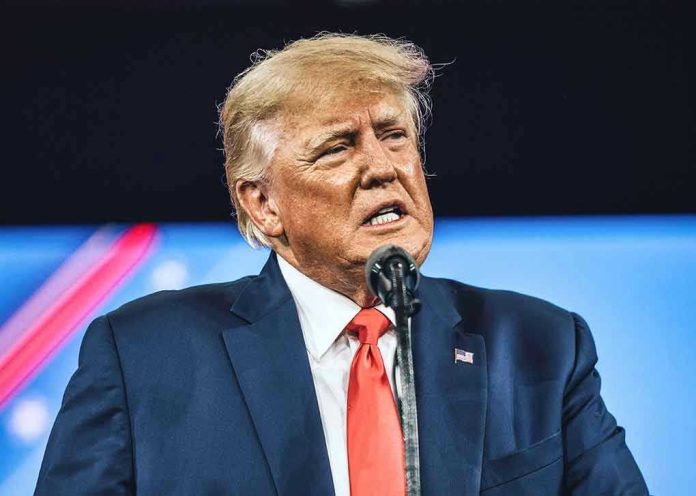
Millions awoke to the news that years of debt—once thought inescapable—could suddenly vanish, with the stroke of a pen and a courtroom challenge, for up to 2.5 million Americans.
Quick Take
- The Trump administration agreed to cancel the student loan debt of up to 2.5 million borrowers following a legal challenge.
- This reversal follows a lawsuit from the American Federation of Teachers over changes to federal forgiveness policies.
- The decision marks one of the largest mass discharges of student debt in U.S. history.
- The move signals deepening battles over the future of student debt relief and federal policy.
Courtroom Drama Triggers Debt Relief for Millions
The American Federation of Teachers’ lawsuit against the Trump administration became a turning point in the decades-long saga over student loan forgiveness. After an abrupt reversal of existing policies by the Department of Education, millions of Americans who had counted on relief suddenly faced mounting balances and broken government promises. The legal challenge forced the administration to reckon with the widespread fallout, ultimately leading to a sweeping agreement: cancel the debts for up to 2.5 million borrowers, restoring hope—and solvency—for those left stranded by shifting rules.
This monumental shift didn’t just materialize from bureaucratic benevolence. Borrowers, educators, and advocacy groups had spent years fighting for clarity and fairness amidst a thicket of complex regulations. The AFT, representing thousands of teachers, argued that the government’s abrupt policy changes undermined public service workers who had devoted their careers to communities in good faith, expecting loan relief as promised by law. The legal standoff shined a harsh spotlight on the human cost of policy whiplash and the real-life consequences of administrative discretion.
The Policy Reversal: How Did We Get Here?
The Trump administration’s initial decision to halt or roll back key forgiveness programs left countless borrowers in limbo. Many had structured their lives, careers, and finances around the expectation of federal relief after years of service or hardship. The administration’s reversal drew immediate backlash and galvanized a broad coalition of unions, legal advocates, and bipartisan policymakers. The subsequent lawsuit argued that the government had not only reneged on statutory obligations but had upended the lives of ordinary Americans—nurses, teachers, veterans—who had played by the rules, only to see the rules change mid-game.
🚨🇺🇸 TRUMP ADMINISTRATION REVERSES COURSE – CANCELS STUDENT DEBT FOR MILLIONS
The White House just agreed to restart student loan forgiveness for over 2.5 million borrowers in two income-driven repayment plans after blocking them earlier this year.
Education Secretary Linda… https://t.co/EUrdGuIGK8 pic.twitter.com/K69NIZ3UiA
— Mario Nawfal (@MarioNawfal) October 21, 2025
The Department of Education’s agreement to cancel debts for up to 2.5 million people is not just a bureaucratic fix. It is a recognition of the rights of borrowers and a rare instance where collective legal action forced the federal government to reverse course on a matter affecting millions. Yet, beneath the surface, the episode reveals the deep structural challenges of America’s student loan system: a labyrinth of eligibility, paperwork, and ever-changing guidelines that leave even the most diligent borrowers vulnerable to policy tides.
What This Means for Borrowers and the Country
For the millions set to benefit from the debt cancellation, the relief is nothing short of life-altering. Families shackled by decades of payments can now imagine new futures—purchasing homes, saving for retirement, investing in their children’s education. The ripple effects will be felt throughout the economy, as disposable income frees up and financial anxieties ease. But the broader lesson is clear: the patchwork nature of federal student loan policy remains a source of instability and unpredictability for millions of Americans, especially those who serve the public or endure hardship in exchange for a promise of eventual relief.
This case also sets a precedent for future disputes over federal benefits and administrative power. Will future administrations honor the spirit and letter of forgiveness programs? Or will partisan shifts and legal wrangling continue to create uncertainty for borrowers? The answers will shape not just household finances but the nation’s approach to higher education, workforce development, and the social contract itself. As policymakers debate the next steps, borrowers and advocates remain vigilant, knowing that hard-won victories can be fleeting in the arena of public policy.
Sources:
Student Loan Forgiveness Update: Trump Admin Cancels Debt For Millions







